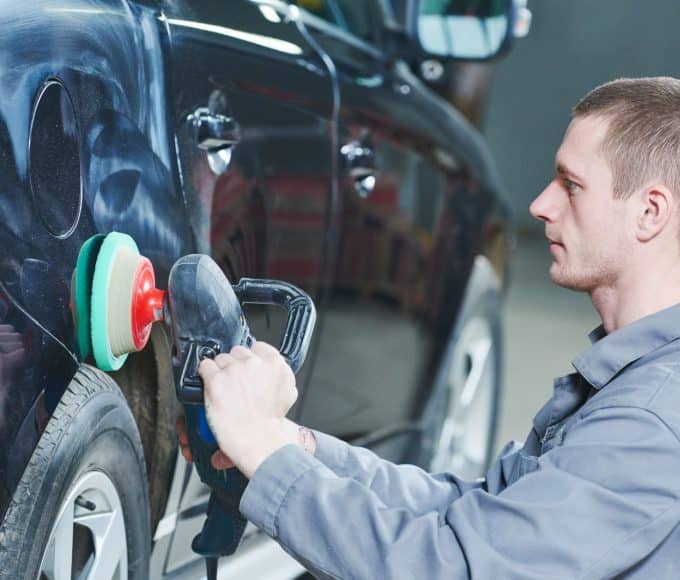Your outdoor adventure vehicle is your gateway to freedom, exploration, and unforgettable experiences. Whether you’re planning a weekend camping trip, a cross-country road trip, or tackling rugged off-road trails, proper maintenance ensures you can focus on the adventure ahead.
With these tips for taking care of your outdoor adventure vehicle, you can protect your investment and enhance your outdoor experiences.
Engine and Fluid Checks
Start with the basics that keep your engine running smoothly. Check your oil level and quality every 3,000 miles or before each major trip. Adventure vehicles often work harder than daily drivers, so consider more frequent oil changes if you regularly tackle steep terrain or carry heavy loads.
Monitor coolant levels closely, especially before summer adventures. Overheating can strand you miles from help, so inspect hoses for cracks, leaks, or soft spots. Replace coolant according to your manufacturer’s schedule, but don’t wait if it appears rusty or contaminated.
Tire Care and Inspection
Use a tread depth gauge to make sure your tires meet the recommended minimum depth of 2/32 of an inch. Additionally, check for any cracks, bulges, or embedded objects in the tread, as these can compromise the tire’s integrity and safety.
Check tire pressure weekly, including your spare. Temperature changes during elevation shifts can cause significant pressure fluctuations. Underinflated tires reduce fuel efficiency and increase the risk of blowouts on rough terrain.
Battery and Electrical System Test
Adventure vehicles rely heavily on electrical systems for lights, winches, GPS units, and camping equipment. Clean battery terminals monthly to prevent corrosion buildup that can cause starting problems. Apply petroleum jelly to terminals after cleaning to slow future corrosion.
Test your battery’s charge capacity before long trips, especially during extreme weather seasons. Cold temperatures reduce battery efficiency, while excessive heat can damage internal components. For extremely rough or bumpy terrain, you may need battery trays or boxes for better stability.
Roof Racks and Cargo System Adjustments
Roof racks and cargo carriers are constantly exposed to weather and road vibrations. Check mounting hardware regularly and retighten bolts as needed. Remove racks periodically to clean mounting points and inspect for rust or damage.
Lubricate moving parts on roof boxes and cargo carriers to prevent binding and extend their lifespan. Replace worn weatherstripping to maintain water resistance. To avoid overloading, make sure you distribute the weight evenly and that it never exceeds the manufacturer’s limits.
Recovery Equipment Maintenance
Recovery gear requires regular inspection and maintenance to function properly when needed. Check tow straps, chains, and shackles for fraying, corrosion, or damage. Replace any questionable equipment to avoid the dangers of failure.
Store recovery equipment in organized, easily accessible locations. During downtime, lubricate cables and inspect them for broken strands or kinks. Before heading out, practice using your gear in safe conditions so that you’re prepared for emergency situations.
When it comes to the outdoors, preventing unwanted vehicle downtime should be a priority, especially when you’re miles from the nearest repair shop. Regular inspections, seasonal preparations, and prompt repairs prevent small issues from becoming major problems. By taking care of your outdoor adventure vehicle, you’ll be ready for whatever the trail throws at you.
Recommended reading: Selling Your Car? Here’s How To Prepare It















